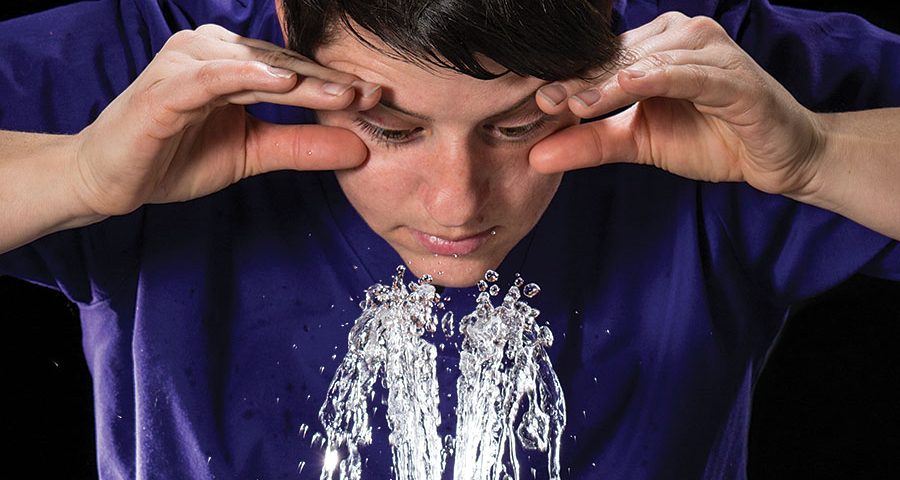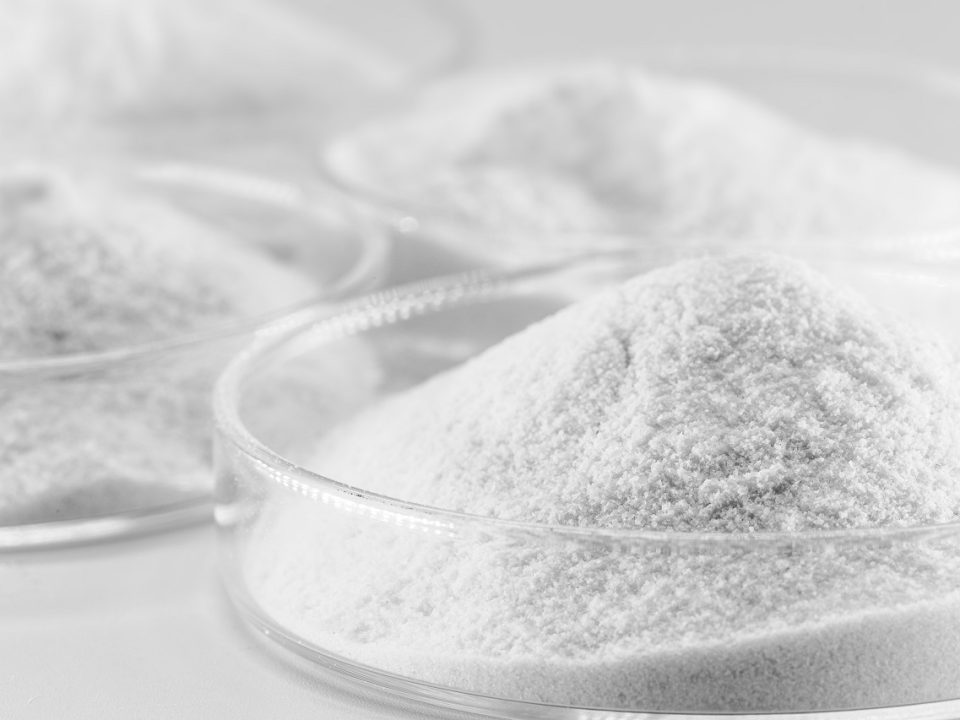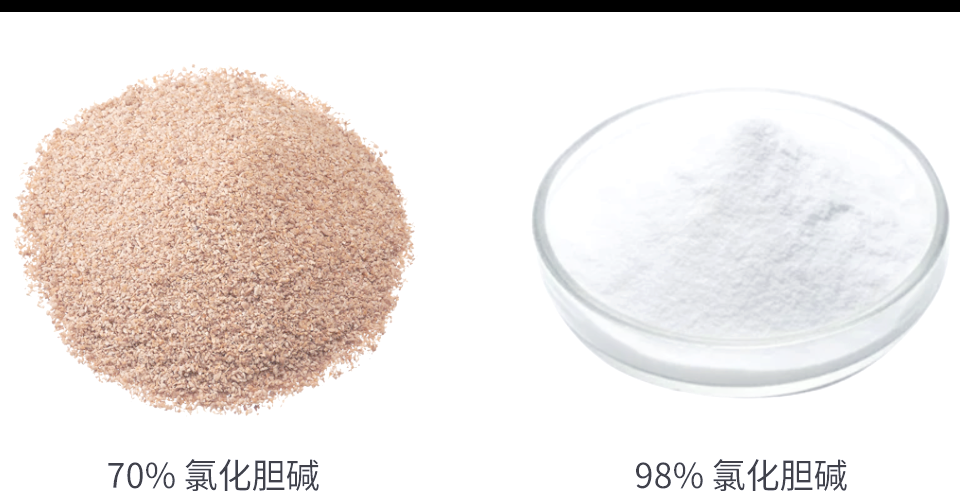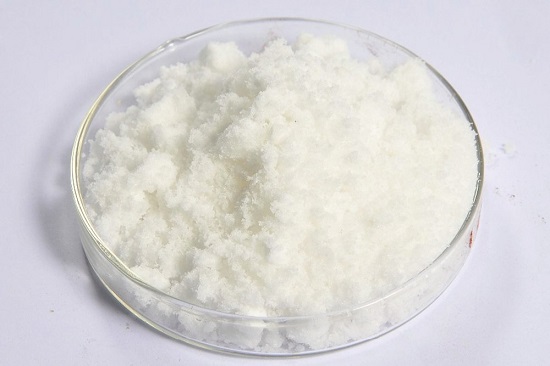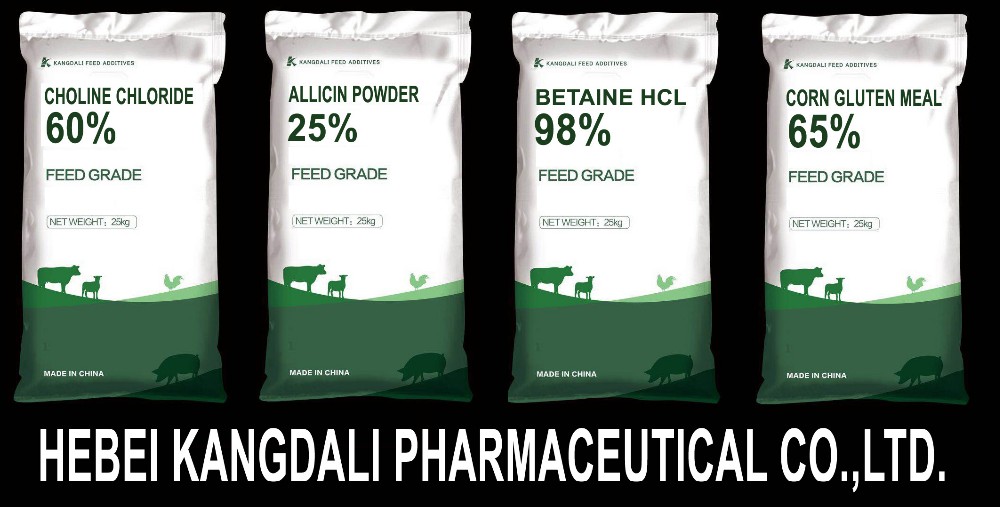First Aid for Choline Chloride Injury

What pesticides are used to grow lettuce? Spraying choline chloride on lettuce can increase yield by more than 30%
June 17, 2022
Part 1. Choline Chloride : A Limiting Nutrient for farm animals.
July 7, 2022Eye Contact: Check for and remove any contact lenses. Immediately flush eyes with running water for at least 15 minutes, keeping eyelids open. Cold water may be used,It is best to use an eyewash for eye cleaning. Do not use an eye ointment. Seek medical attention.
Skin Contact: After contact with skin, wash immediately with plenty of water. Gently and thoroughly wash the contaminated skin with running water and non-abrasive soap. Be particularly careful to clean folds, crevices, creases and groin. Cold water may be used. Cover the irritated skin with an emollient. If irritation persists, seek medical attention. Wash contaminated clothing before reusing.
https://www.kdlfeed.com/wp-content/uploads/2018/06/combination-eye-wash.jpg
Serious Skin Contact: Wash with a disinfectant soap and cover the contaminated skin with an anti-bacterial cream. Seek medical attention.
Inhalation: Allow the victim to rest in a well ventilated area. Seek immediate medical attention.
Serious Inhalation: Not available
Ingestion: Do not induce vomiting. Loosen tight clothing such as a collar, tie, belt or waistband. If the victim is
not breathing, perform mouth-to-mouth resuscitation. Seek immediate medical attention.
Serious Ingestion: Not available.
Fire-fighting measures
Flammability of the Product: May be combustible at high temperature
Fire Hazards in Presence of Various Substances: Not available
Explosion Hazards in Presence of Various Substances: Risks of explosion of the product in presence of
mechanical impact: Not available. Risks of explosion of the product in presence of static discharge: Not
available.
Fire Fighting Media and Instructions: SMALL FIRE: Use DRY chemical powder. LARGE FIRE: Use water
spray, fog or foam. Do not use water jet.
Special Remarks on Fire Hazards: Not available
Special Remarks on Explosion Hazards: Not available
Accidental release measures
Small Spill: Use appropriate tools to put the spilled solid in a convenient waste disposal container. Finish
cleaning by spreading water on the contaminated surface and dispose of according to local and regional
authority requirements.
Large Spill: Use a shovel to put the material into a convenient waste disposal container. Finish cleaning by
spreading water on the contaminated surface and allow to evacuate through the sanitary system.
Handling and storage
Precautions: Keep away from heat. Keep away from sources of ignition. Empty containers pose a fire risk;
evaporate the residue under a fume hood. Ground all equipment containing material. Do not ingest. Do not
breathe dust. Wear suitable protective clothing In case of insufficient ventilation, wear suitable respiratory
equipment If ingested, seek medical advice immediately and show the container or the label. Avoid contact with
skin and eyes.
Storage: Keep container dry. Keep in a cool place. Ground all equipment containing material. Keep container
tightly closed. Keep in a cool, well-ventilated place. Combustible materials should be stored away from extreme
heat and away from strong oxidizing agents.
Exposure controls/personal protectionZ
Engineering Controls: Use process enclosures, local exhaust ventilation, or other engineering controls to keep
airborne levels below recommended exposure limits. If user operations generate dust, fume or mist, use
ventilation to keep exposure to airborne contaminants below the exposure limit.
Personal Protection: Splash goggles. Lab coat. Dust respirator. Be sure to use an approved/certified respirator
or equivalent. Gloves.
Personal Protection in Case of a Large Spill: Splash goggles. Full suit. Dust respirator. Boots. Gloves. A self
contained breathing apparatus should be used to avoid inhalation of the product. Suggested protective clothing
might not be sufficient; consult a specialist BEFORE handling this product.


